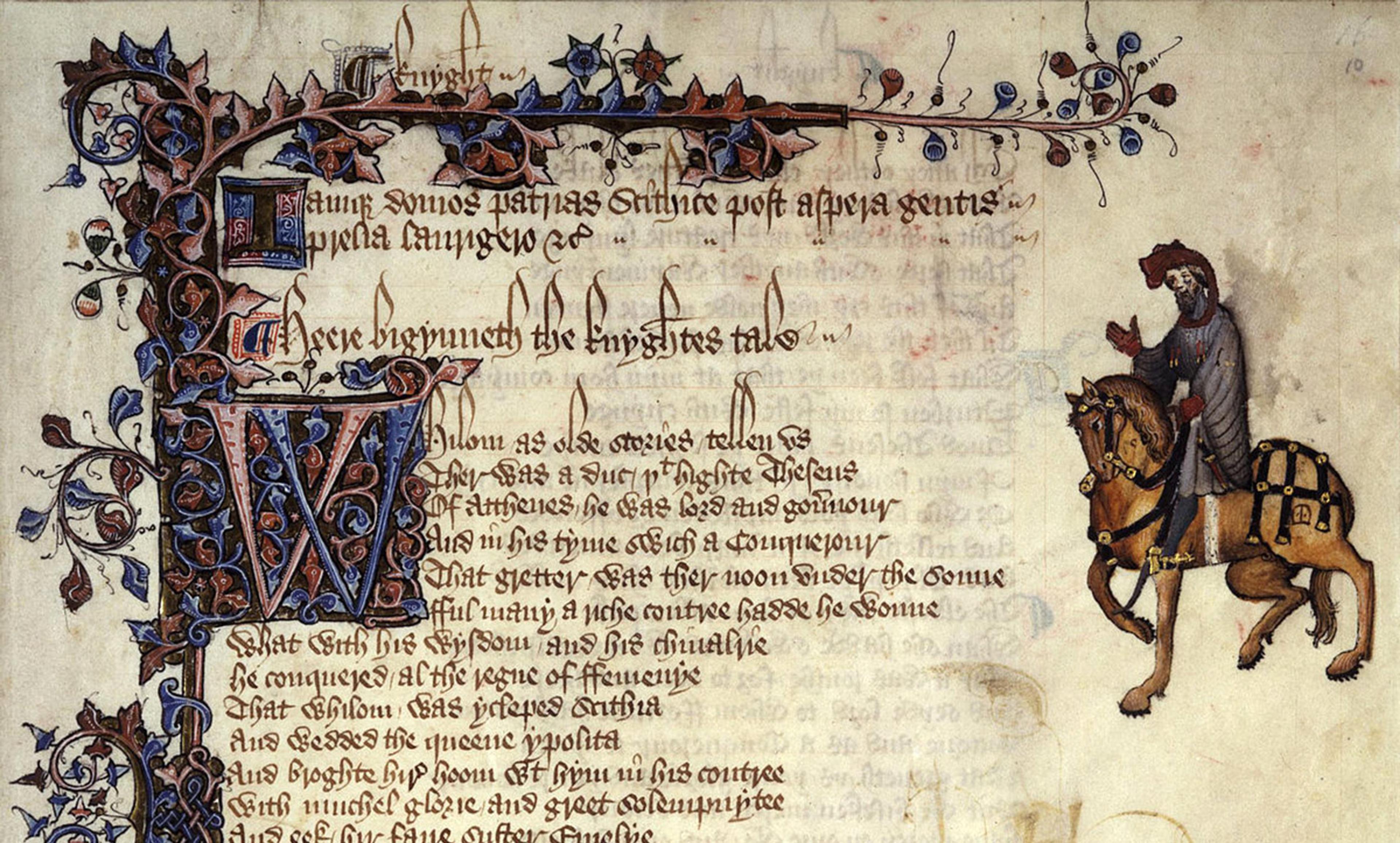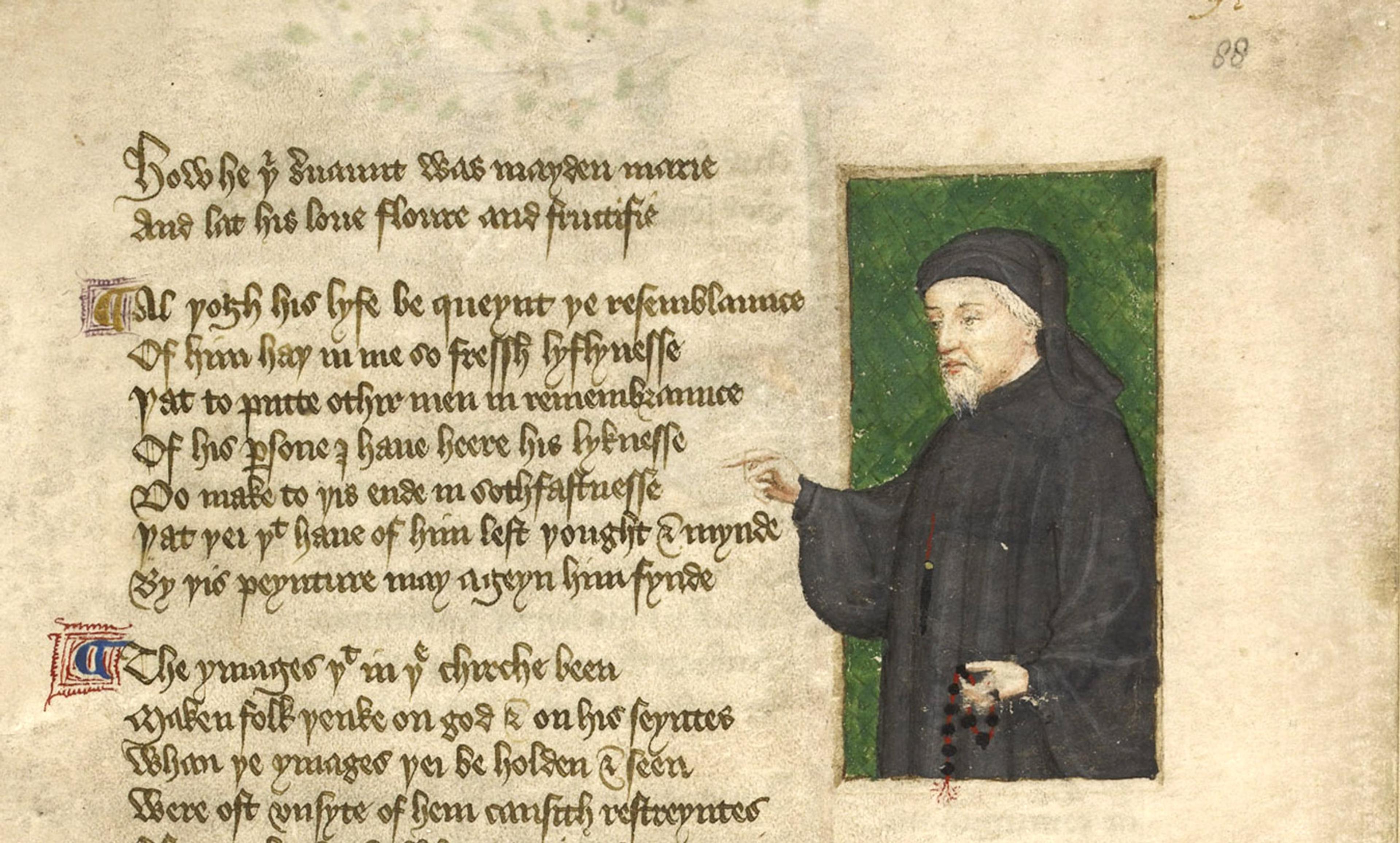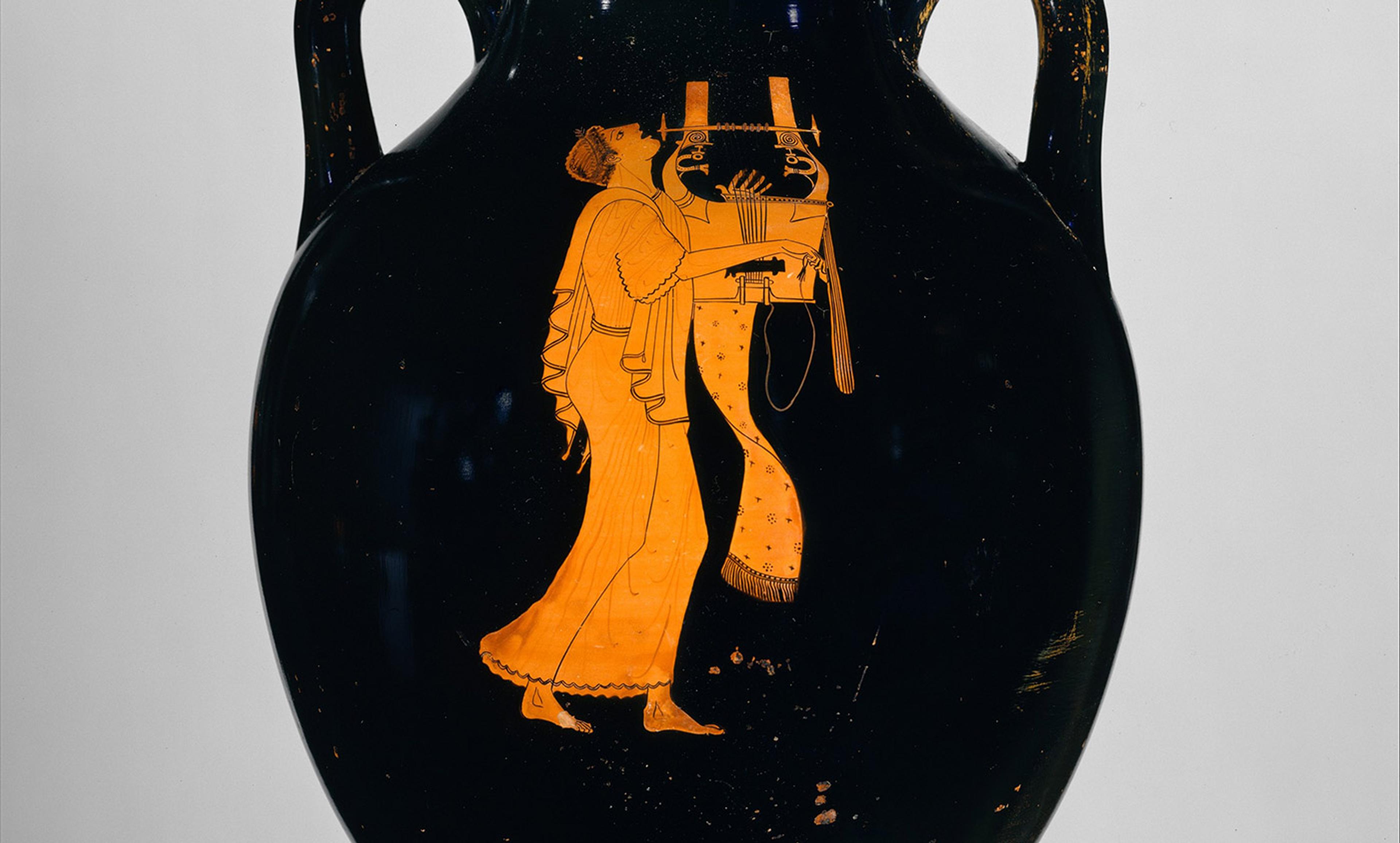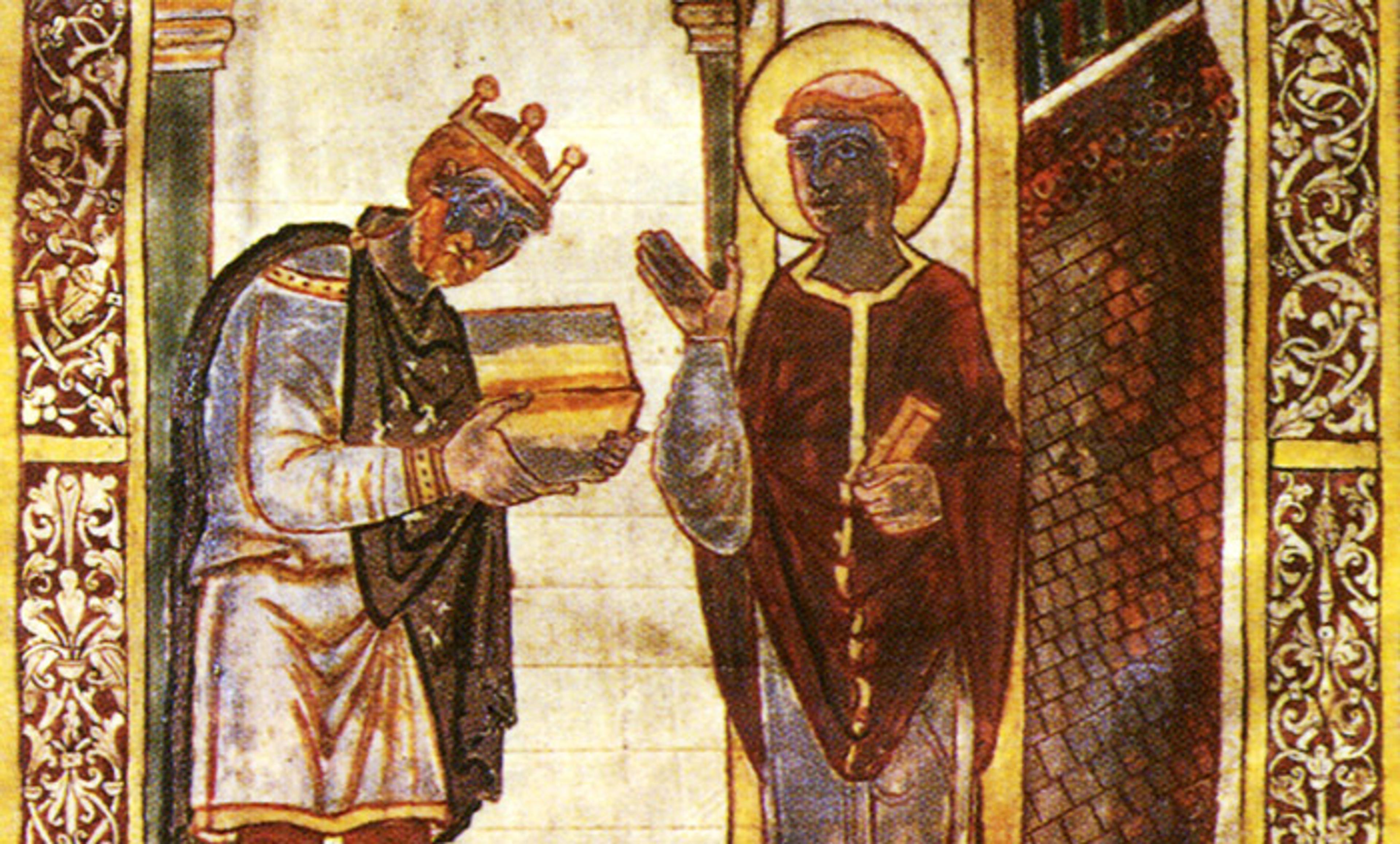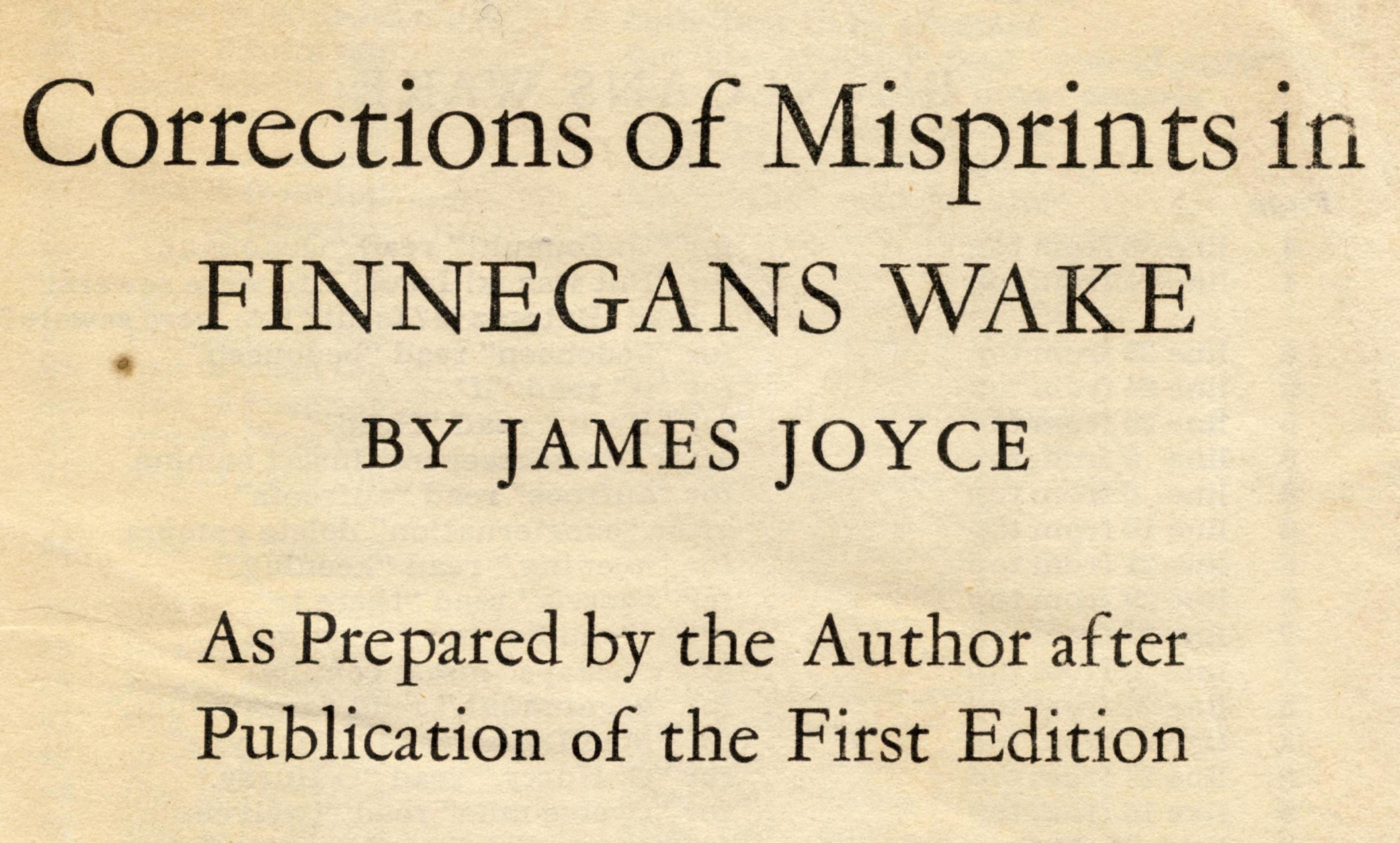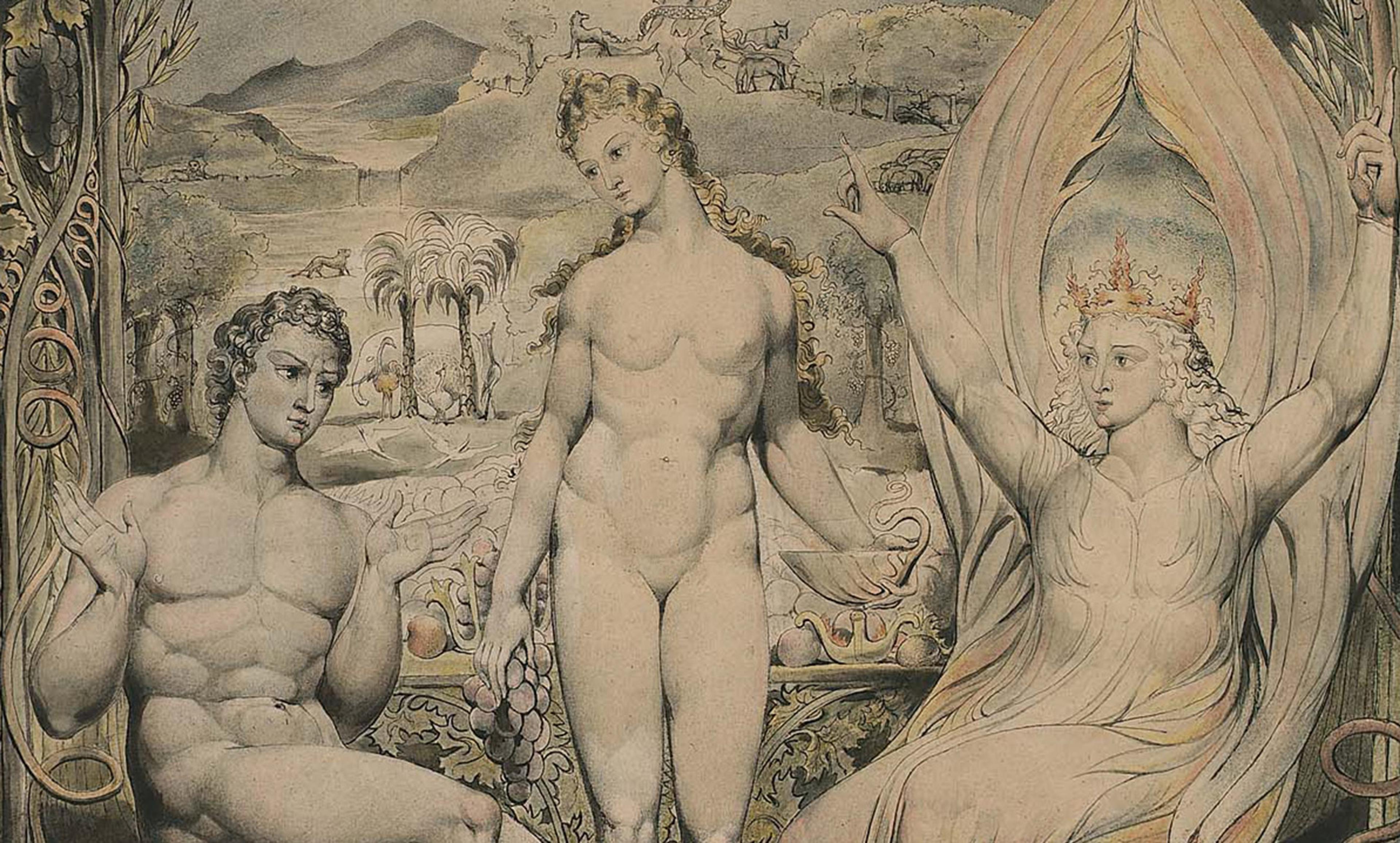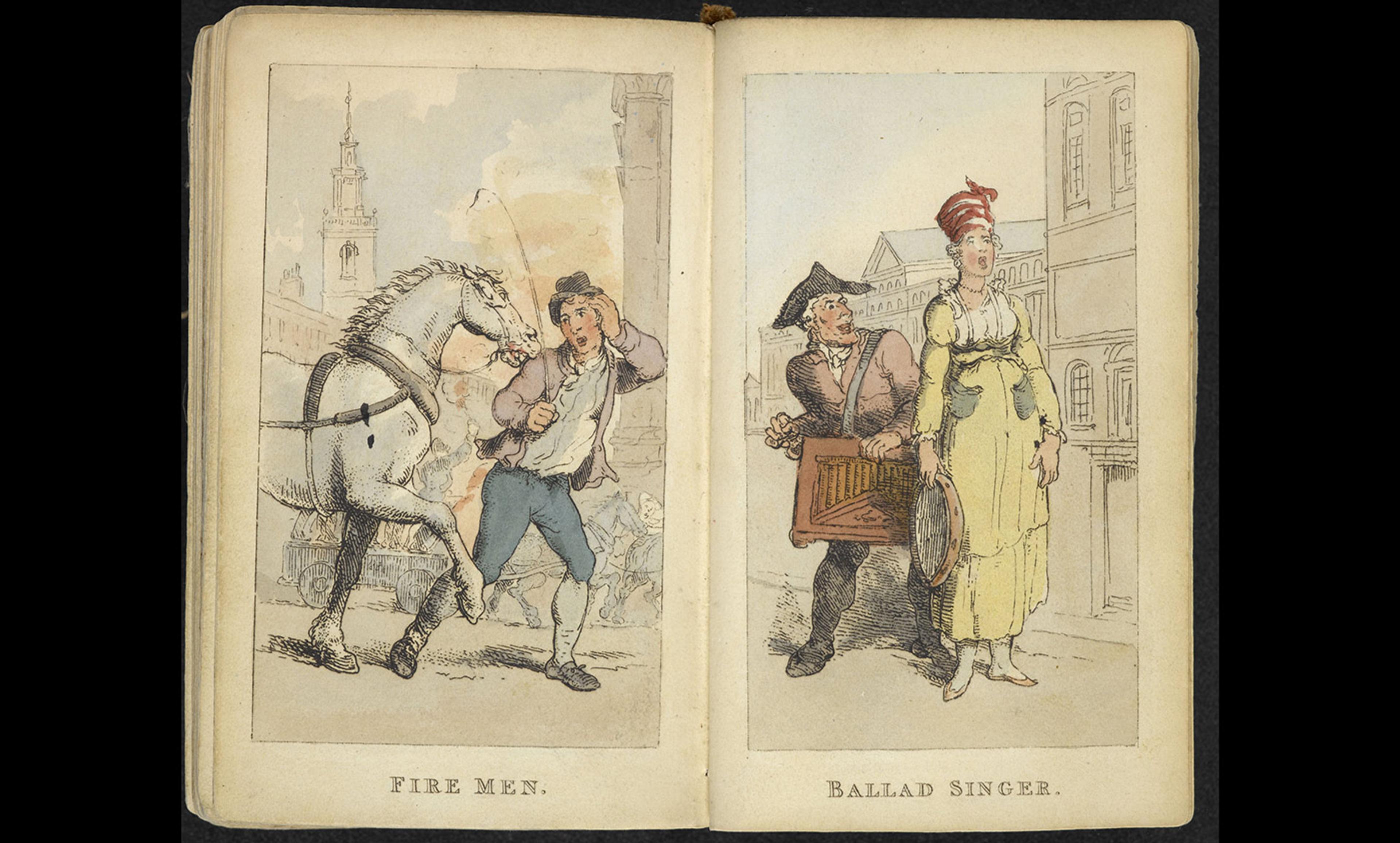The Knight from the Ellesmere Manuscript of the Canterbury Tales. Courtesy Wikipedia
In the 13th century, English poetry changed dramatically. There were no battles, no pamphleteering, or Ezra Pound-style polemics, and no warring factions. Yet by the end of the century, a poetic revolution had taken place. Modern readers and writers have long since forgotten what happened back then, but poetry today would not be the same without the 13th century.
In the Middle Ages, three major languages were spoken and written in England: Latin, French, and English. English was the least prestigious but, like the others, it had a thriving literary tradition. Before c1200, there was only one way to write poetry in English, known today as alliterative verse. This is the form of poetry used in Beowulf, Piers Plowman, Sir Gawain and the Green Knight, and approximately 300 other poems.
The alliterative metre is a very strange metre, at least by modern measures. The more we learn about it, the stranger it seems. The number of stresses matters, but it isn’t consistent from verse to verse. The number of syllables matters, too, but it isn’t consistent, either. What’s more, the metre changed quite a bit from the earliest examples, in the 7th and 8th centuries, to the latest examples, in the 15th and 16th centuries. Here’s the ninth line of Beowulf, an anonymous heroic poem composed in the 8th, 9th, or 10th century:
Weox under wolcnum weorthmyndum thah
(‘[He] grew under the skies, flourished [thah] in praises [weorthmyndum].’)
Here it is with the stress marked by capitals:
WEOX under WOLCnum WEORTHMYNDum THAH.
And here’s the first line of Piers Plowman, a long political poem composed by William Langland in the 1370s and 1380s:
In a somer sesoun whan softe was the sonne
(‘In a summer season, when the sun was mild.’)
And here it is with the stress marked by capitals:
in a SOMer SESoun whan SOFTe was the SONNe.
In both cases, the line has two halves. All the contentful words – adjectives, nouns and verbs – are stressed, and all the stressed words are contentful. Many of the stressed words start with the same sound – hence alliterative – but this isn’t the main basis of the metre. The line from Beowulf has five stresses (weorth and mynd counting separately), and the line from Piers Plowman has four.
So if alliterative metre doesn’t measure stresses, syllables or even alliteration, what does it measure? Scholars have been debating the answer to this question since the 18th century. Current thinking is that alliterative metre measures a more abstract unit termed metrical position. A metrical position might contain one syllable, or it might contain more than one. Specifically, any number of adjacent unstressed syllables count together as a single metrical position. So, for example, the run of three unstressed syllables in the second half of the line from Piers Plowman, -e was the, is formally equivalent to the run of two unstressed syllables at the beginning of the line, in a. That’s right: a metre in which 1 + 1 = 3. In Beowulf, the rule is fairly simple: four metrical positions make a verse. By the time of Piers Plowman, the arrangement of positions had got more complicated.
Alliterative metre seems strange to us because it is a dead tradition. It seems strange in the way that a dead language seems strange, and for the same reason. But alliterative verse felt familiar and normal to the poets who once used it and to the readers who once read it.
The revolution of English poetry began toward the end of the 12th century, when poets writing in English invented new metres. Here are the opening lines of the Ormulum, a very long religious tract composed by a monk named Orm:
Thiss boc iss nemmnedd Orrmulum
forrthi þatt Orrm itt wrohhte
(‘This book is called Ormulum because Orm wrote it.’)
With stress:
thiss BOC iss NEMMnedd ORRmulUM
forrTHI þatt ORRM itt WROHHte
(‘This book is called Ormulum because Orm wrote it.’)
This metre will likely be more familiar to you. Known as ballad metre or common measure, it’s the form used in ‘Amazing Grace’ (1779), Bob Dylan’s ‘The Ballad of Frankie Lee and Judas Priest’ (1967), and other hymns, songs and poems. Here are the opening lines of ‘Amazing Grace’:
Amazing grace! How sweet the sound
That saved a wretch like me!
With stress:
aMAZing GRACE! how SWEET the SOUND
that SAVED a WRETCH like ME!
Scholars categorise ballad metre as accentual-syllabic because the number of stresses is consistent (four in the first line, three in the second), and the number of syllables is also consistent (eight in the first line, six or seven in the second). What is more, the placement of the stresses matters: unstressed syllables and stresses alternate, one to one.
No one would call ‘Amazing Grace’ avant-garde today, but its metre was on the cutting edge of English literary culture c1200. It would have seemed as strange to Orm’s first readers as alliterative verse does in 2017. Yet ballad metre did not come from nowhere. Orm was imitating in English a metre familiar to his readers from Latin hymns and other Latin poetry. His decision to translate stress-counting and syllable-counting from Latin to English was a radical statement of faith in the literary and theological capacity of the English language.
During the middle decades of the 13th century, slowly and perhaps even imperceptibly, accentual-syllabic metres became the normal way to create poetry in English. By the end of the century, alliterative verse was a marked option, never to recover its pride of place in the literary mainstream.
The 13th century set the stage for all later English poetry. Without Orm and other pioneers who experimented with Latin- and French-influenced English metres, Geoffrey Chaucer could not have invented the iambic pentametre in the 1380s. Here is the second couplet from the General Prologue to Chaucer’s Canterbury Tales:
And bathed every veyne in swich licour
Of which vertu engendred is the flour
(‘And [when April has] bathed every root in such liquid,
by virtue of which the flower is created.’)
With stress:
and BATHed EVery VEYNE in SWICH liCOUR
of WHICH verTU enGENDred IS the FLOUR.
Without Chaucer, William Shakespeare could not have used blank verse (unrhymed pentametre) for his now-famous plays. Imagine Hamlet’s soliloquy in alliterative verse! Here is the opening couplet as it stands in blank verse:
To be, or not to be: that is the question;
Whether ’tis nobler in the mind to suffer
With stress:
to BE, or NOT to BE: THAT is the QUESTion;
WHETHer ’tis NOBler IN the MIND to SUFFer
And without Chaucer and Shakespeare, Pound would not have been able to take deadly aim at the pentametre in his free-verse polemic in the 1910s. In Pavannes and Divisions (1918), Pound enjoined aspiring poets ‘to compose in the sequence of the musical phrase, not in sequence of a metronome’. Later, writing the Cantos while imprisoned in Pisa in 1945, he boasted parenthetically: ‘(To break the pentametre, that was the first heave).’
There’s a reason we’ve forgotten the revolution of the 13th century, even beyond the specialised linguistic knowledge it now takes to understand what it was all about. History isn’t an arrow. It’s a meandering river, full of left turns. As we drift downstream, we forget the shape of the land left behind.
For centuries, alliterative metre was the only way to write poetry in English. Then, rather suddenly, it wasn’t. It’s worth remembering the 13th century as an illustration of the unpredictability of historical change and the evanescence of normal, in literature and in life.
